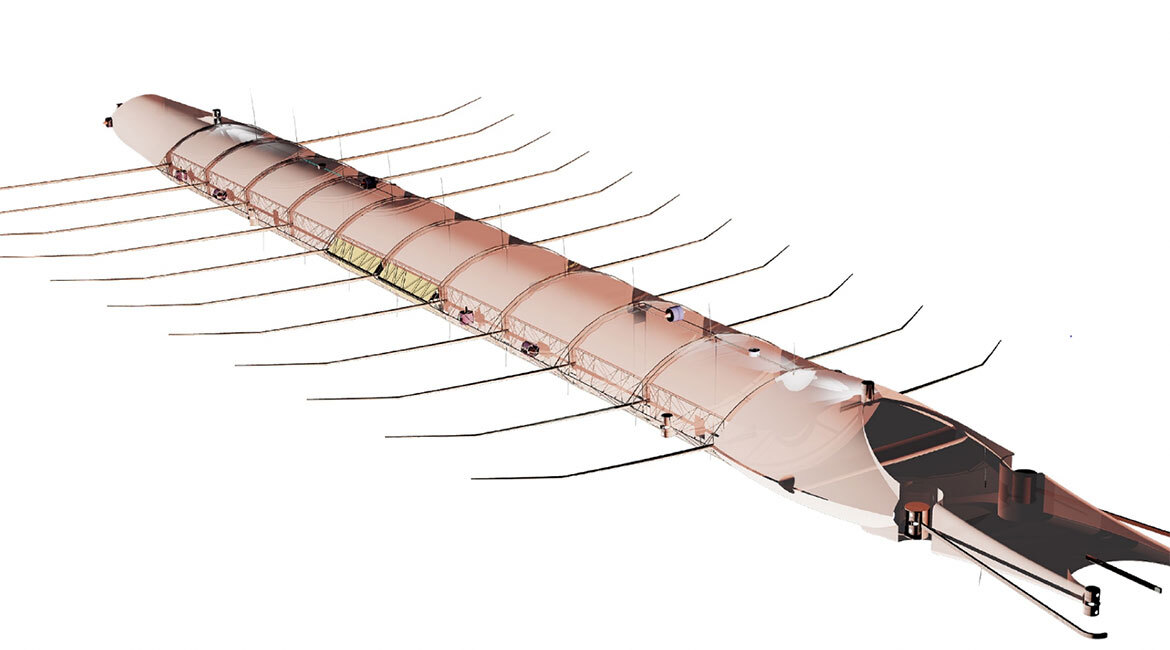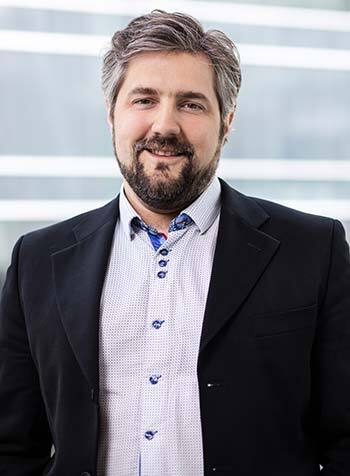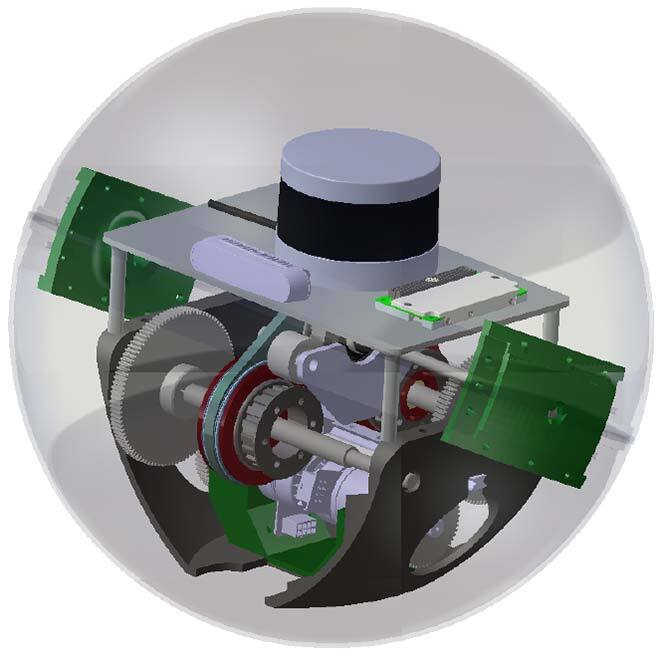
When he became Associate Professor in the Mechanical Engineering Department in June 2019, David St-Onge spoke with several colleagues from other departments to see if it could be worthwhile to pool certain types of expertise in robotics. Nine months later, the ÉTS officially recognized the Lab INIT Robots (the Laboratory of Intuitive and Natural Interaction with Teleoperated Robots), and the new laboratory already had a dozen graduate students.
At only 36 years of age, Professor St-Onge has already blazed a career path combining diverse academic and industrial experiences… and high performance aerobatics!
Inspired by the technologies behind Cirque du Soleil’s artistic prowess, David St-Onge studied at Polytechnique Montréal where he obtained a Bachelor of Mechanical Engineering in 2006, specializing in mechatronics engineering. He completed his final year project in a collaboration with a Montréal artist.
David St-Onge then became an engineering consultant in the cultural industry, helping present technological works in France, Brazil, Japan and Russia, where his work was enthusiastically received. At the same time, under the supervision of Professor Clément Gosselin at Université Laval he obtained a master’s degree in Aerodynamic Control in 2011, followed by a master’s degree in Project Management the following year. During this period he nevertheless found the time to obtain a certificate in Russian studies!
Called to New Heights
During his first master’s degree, David St-Onge specialized in research on the control of airships which ─ being lighter than air ─ seek to join in a floating structure representing artistic 3D models.
But his doctoral studies in the use of robotics in space led him to raise his field of research and action even higher, turning his project into the design of an autonomous mechanical system for capturing very small pieces of orbital debris.
After obtaining a Ph.D. in 2016, Professor St-Onge held the position of Robotics Research Lead at Humanitas Solutions where he participated in the development of the company’s technological innovation strategy for autonomous aircraft.

Professor St-Onge conducted postdoctoral research at Polytechnique Montréal where he participated, with other researchers, in a European Space Agency (ESA) astronaut training camp in the Canary Islands. There he designed the deployment of a fleet of drones, controlled simultaneously and intuitively by each of the camp’s ESA astronauts.
Interdisciplinary Collaboration and Team Spirit
“Whether it’s natural human-robot interaction, cognitive ergonomics, flying platforms or space robotics, my research relies first and foremost on collaborations with many experts from a variety of disciplines,” says Professor St-Onge. “More than ever, scientific and technological advances depend on our ability to forge a strong team spirit.”
It is in this spirit that Professor St-Onge supervises or co-supervises students in the Lab INIT Robots as they work on various current and future projects.
These projects include making the movement of mobile robot manipulators or large groups of robots easy to explain, and designing interactions in which the robots are guided solely by the operator’s movements.
Another line of research consists of developing robotic locomotion systems adapted to the exploration of caves on Earth by means of steerable aircraft, as well as on other heavenly bodies such as the Moon or Mars by means of jumping spherical robots.

Professor St-Onge continues to be involved in artistic projects as well. One is also related to speleology, and involves using small airships to explore fragile or inaccessible underground caves as an immersive experience for art gallery visitors.
“The key to all these projects is to be able to mix expertise in art, science and technology, and then take what we have achieved out of the lab and quickly see how it works in the real world,” concludes this father of a two-year-old boy (with another on the way!).



